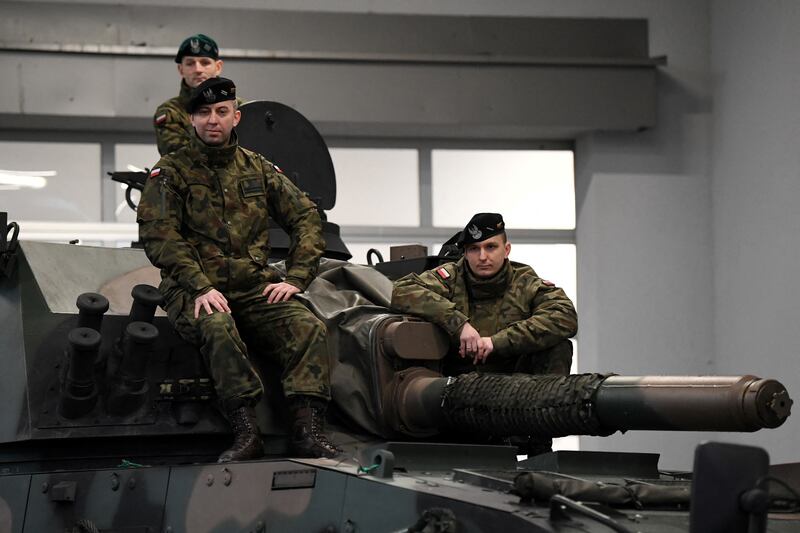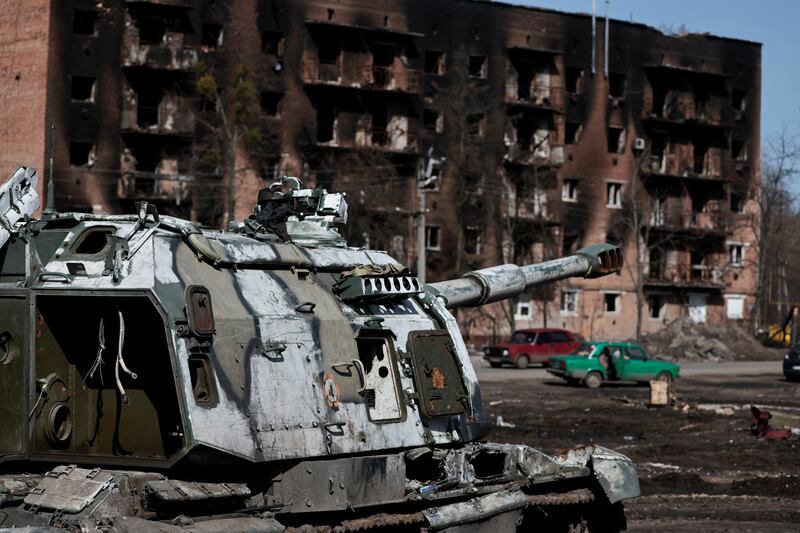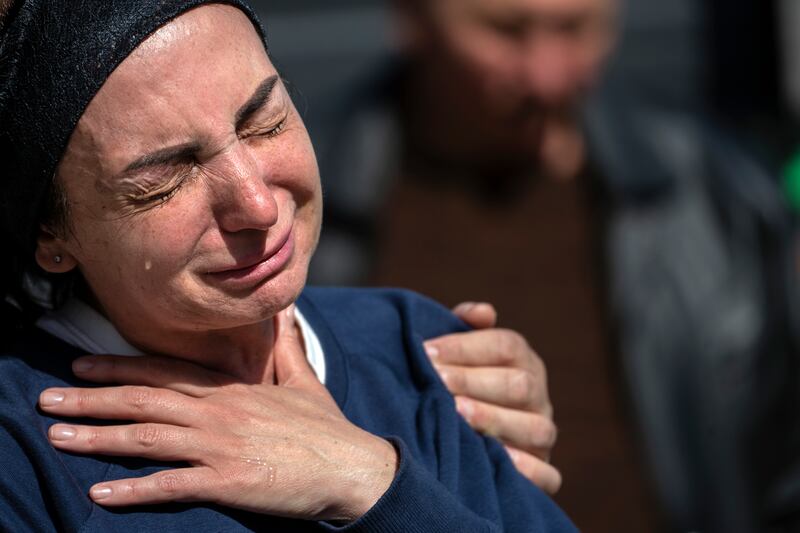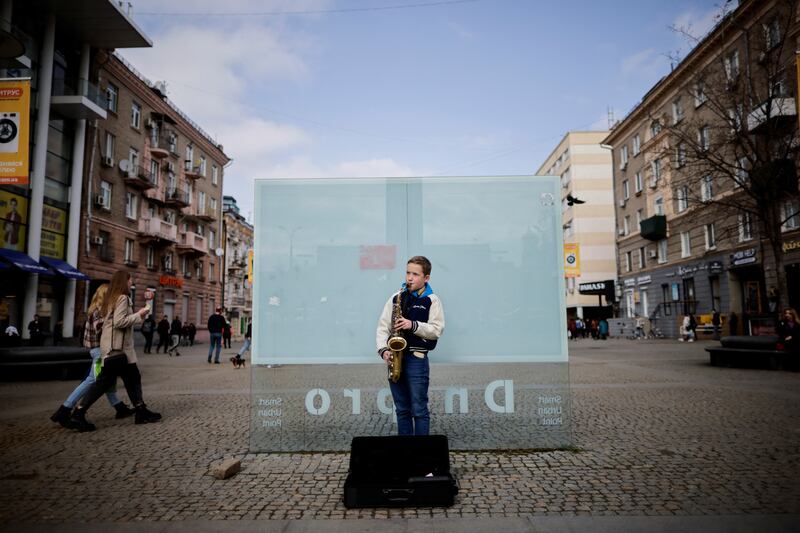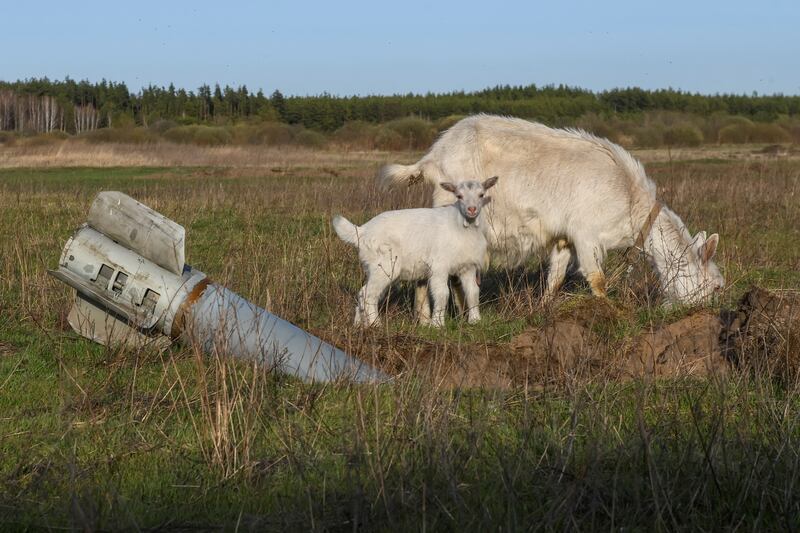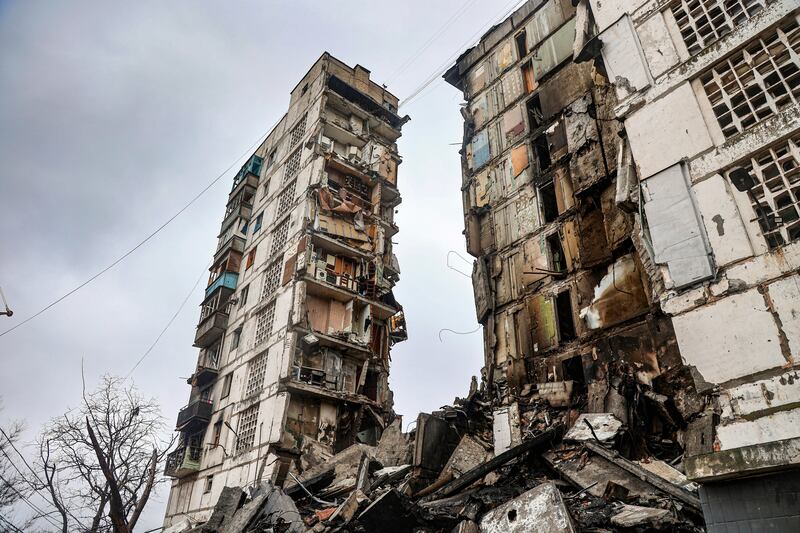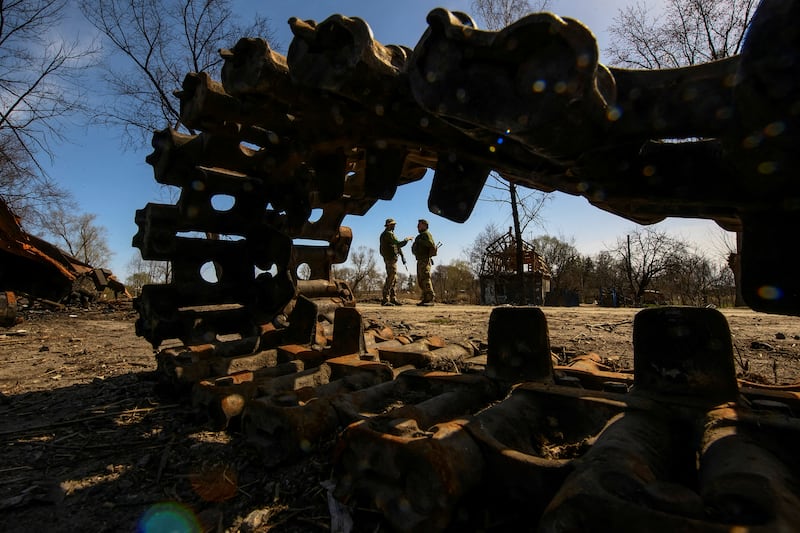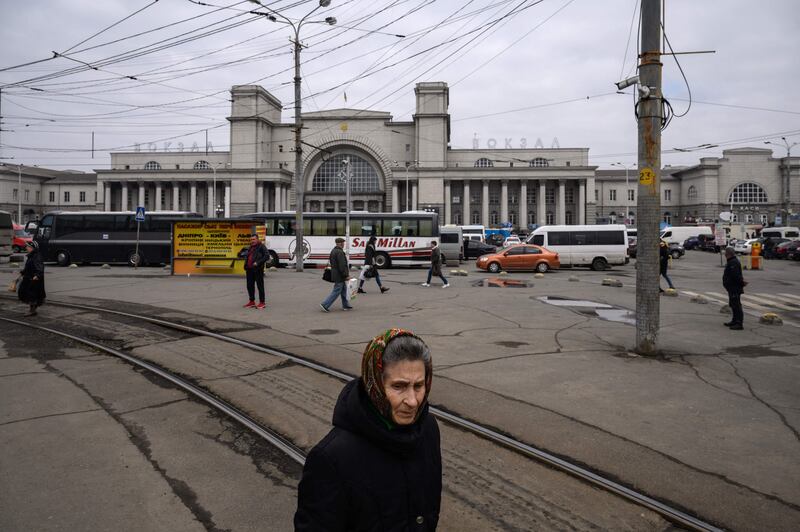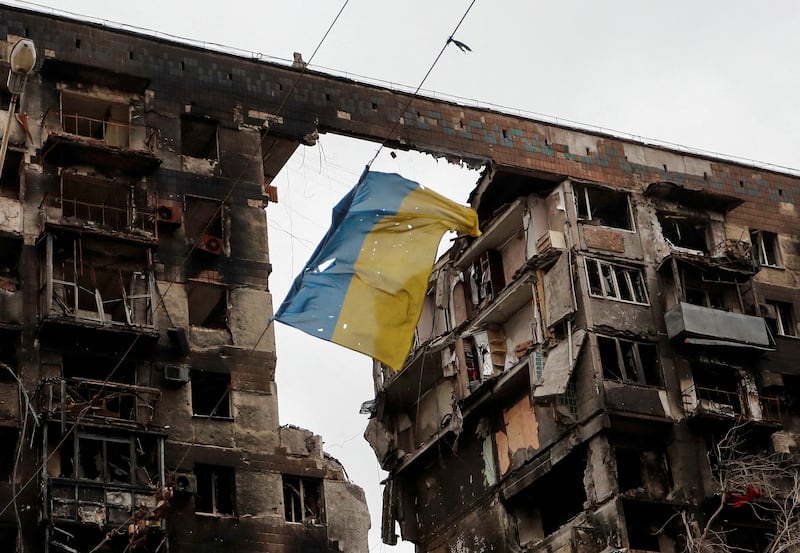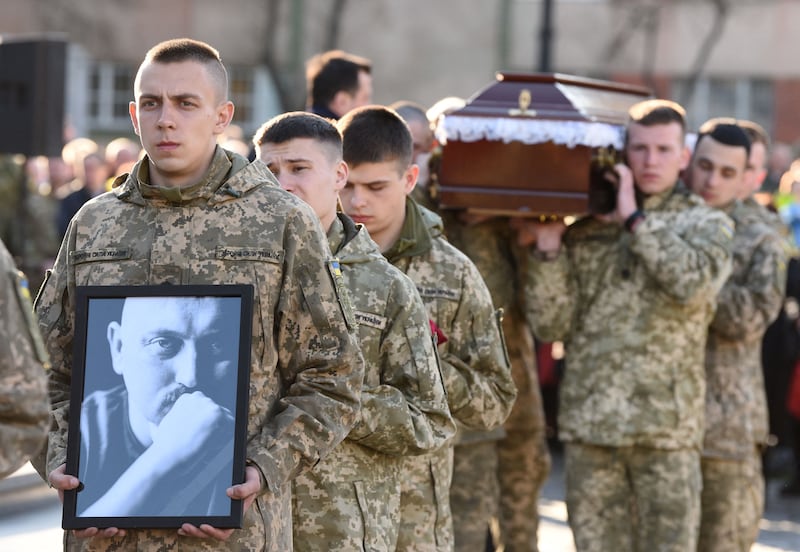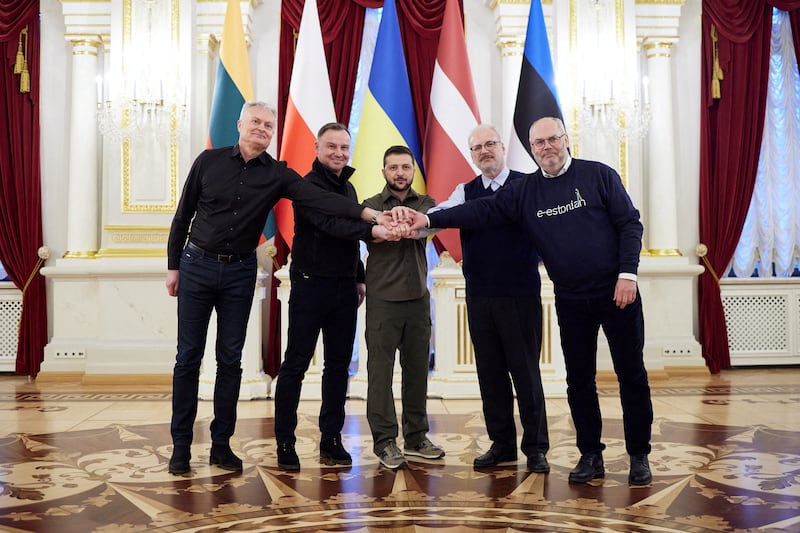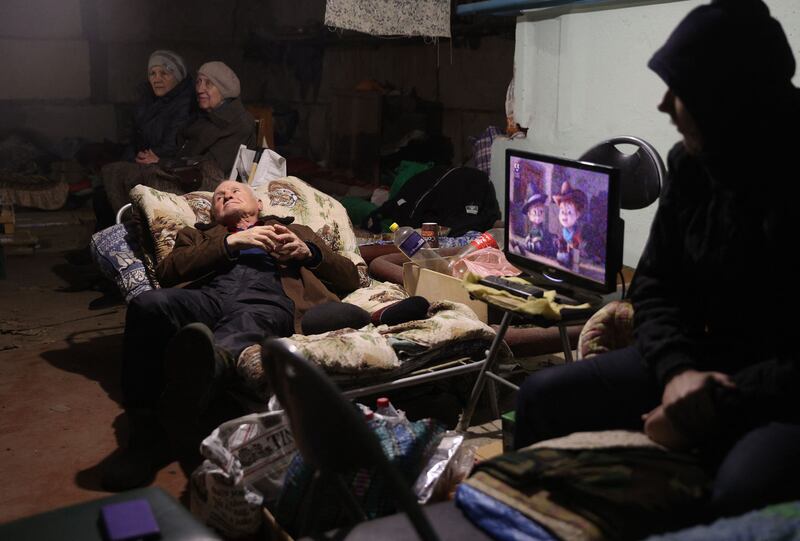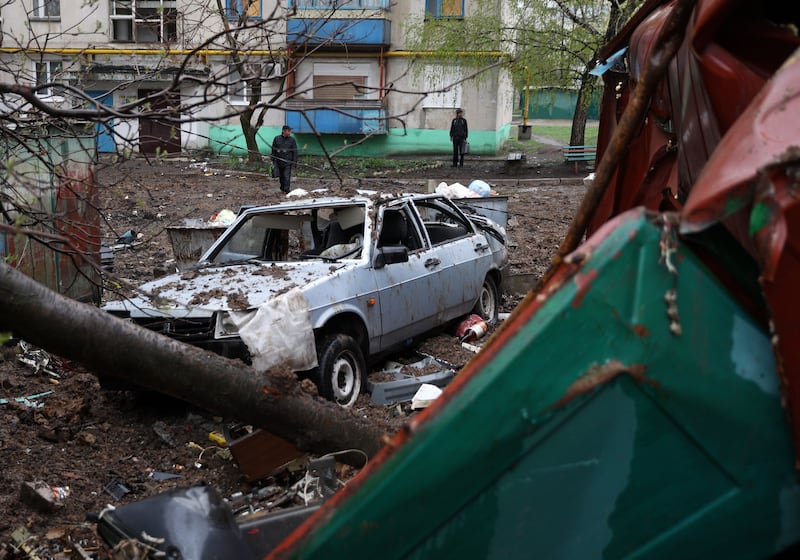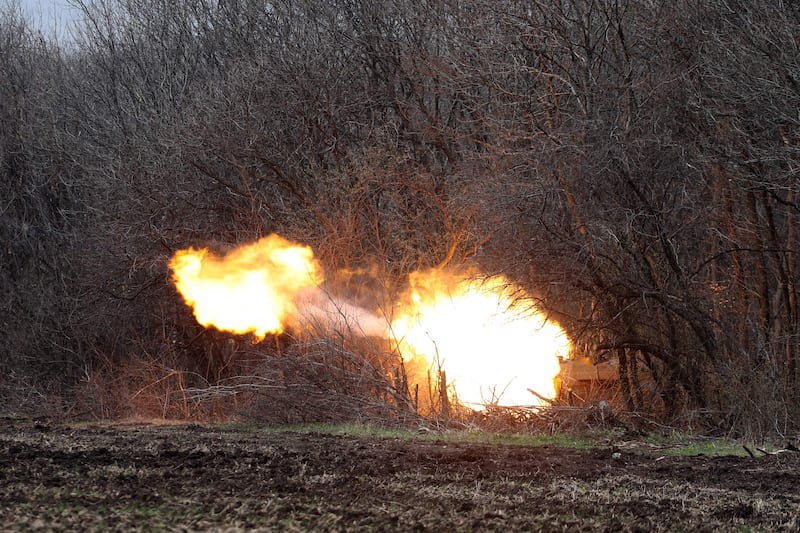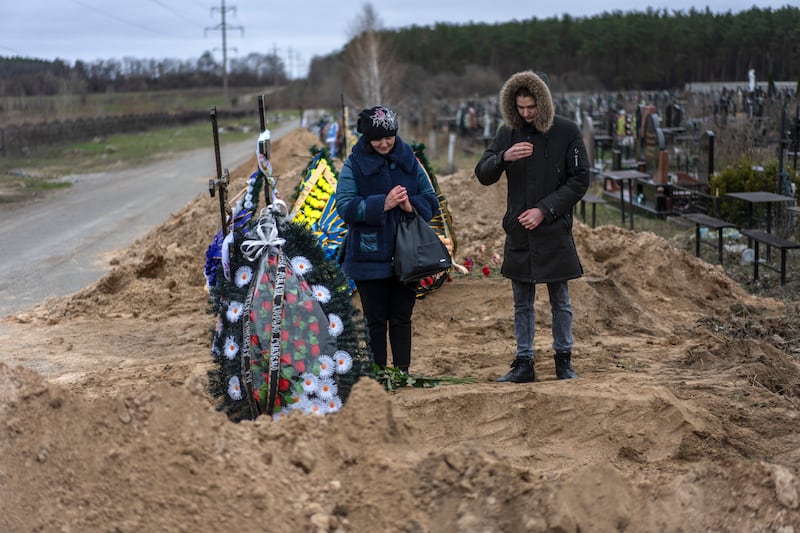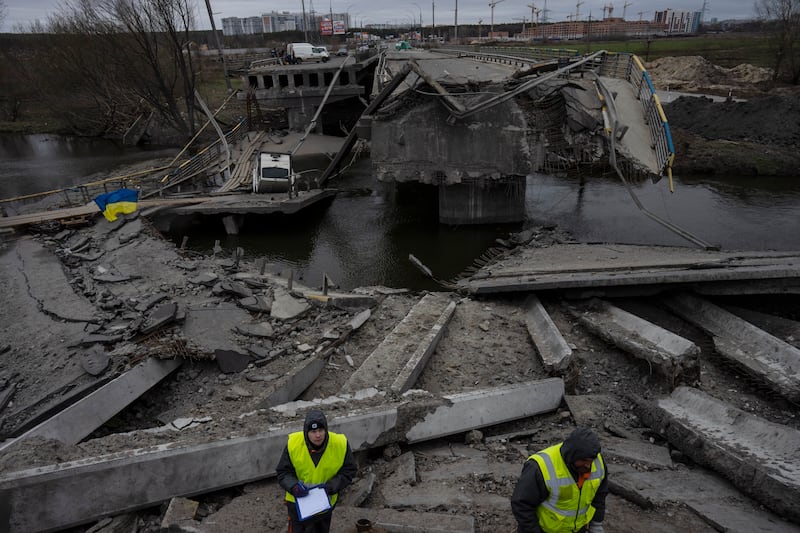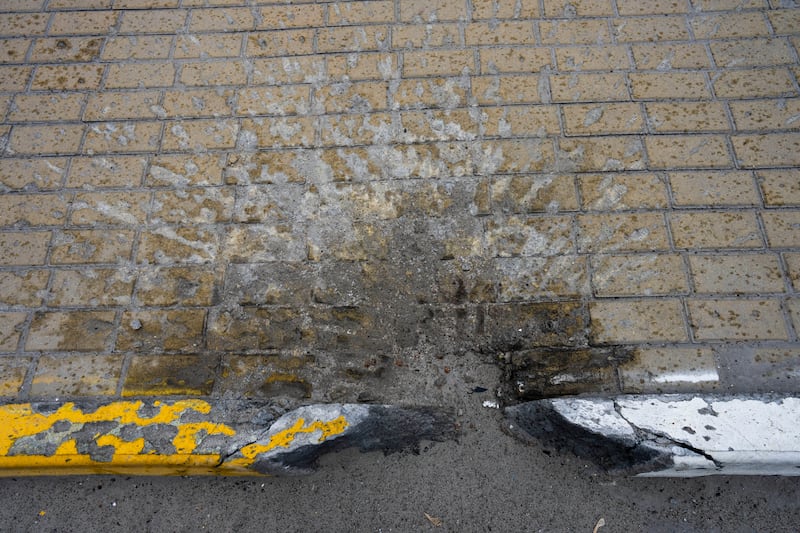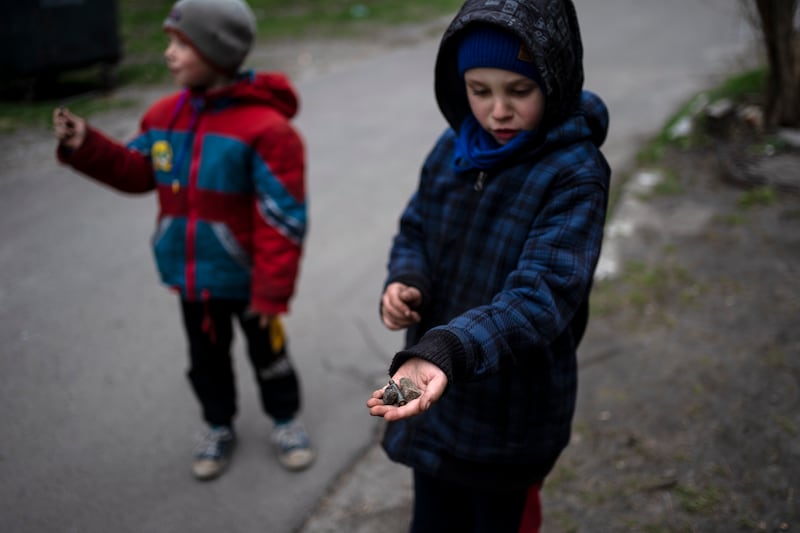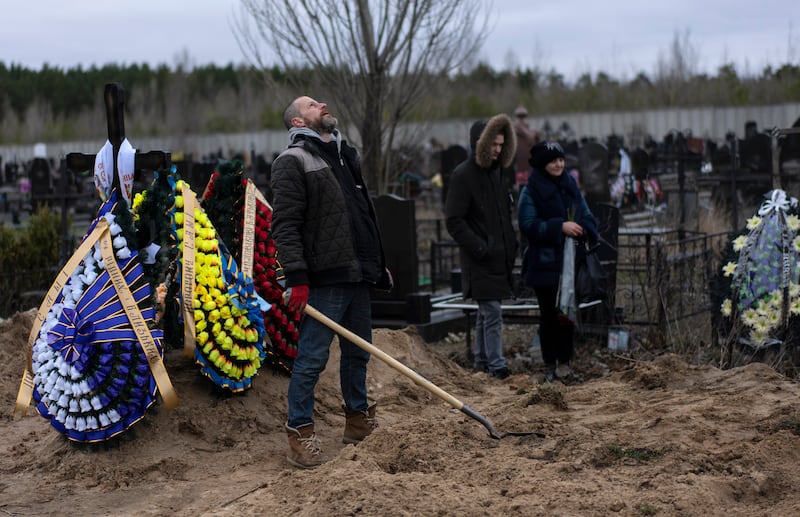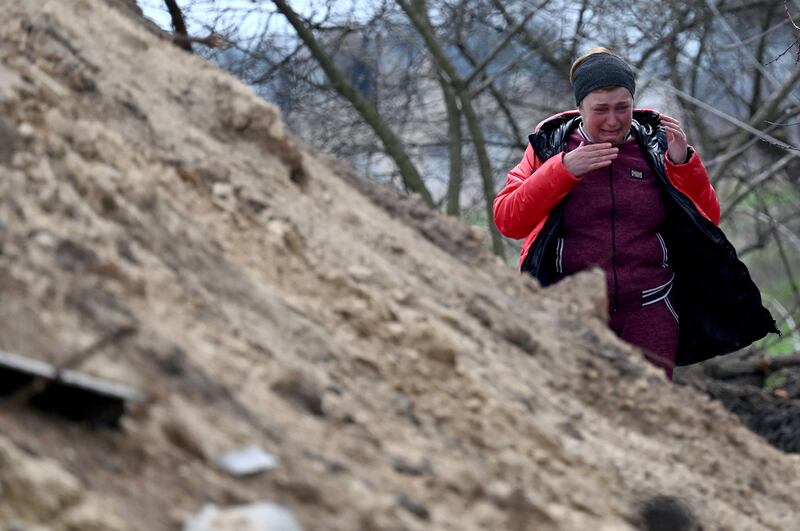Poland is expected to double the size of its army as part of a defence overhaul, while it has discreetly sent 100 tanks to Ukraine, it has been confirmed to The National.
The country will also substantially modernise its arms, getting the latest US Patriot missile defence system, modern US Abrams tanks and potentially advanced F-35 stealth fighters, Polish defence experts said.
In addition to the T-72 tanks, Poland is sending scores of its latest Piorun Thunderbolt anti-aircraft missiles into Ukraine. The hand-held missiles can travel at 660 metres a second, attacking jets, helicopters or drones to an altitude of 4,000 metres.
In addition, the deal to export about 30 Polish MiG-29 multi-role fighters to Ukraine is likely to go ahead soon, defence sources confirmed.
Previously countries have been wary of sending offensive weaponry to Ukraine for fear of escalating the conflict, but Russia’s atrocities and devastation of towns and cities has changed that view.
“The right to escalate … is entirely appropriate,” a western official said. “Russia's conducted an illegal invasion of Ukraine, used indiscriminate force against civilians with questions over whether war crimes have been committed.”
Nato countries bordering Russia — Poland, Norway, Estonia, Latvia and Lithuania — are urging the alliance’s forces to double in strength to deter Russian invasion with permanent bases while all announced large defence spending increases.
“That could certainly deter Russia from taking offensive action,” said Filip Bryjka, an analyst for the PISM think tank in Warsaw. “The threat from Russia is systemic and it will not disappear; so with the experiences that the Ukrainian army has seen, Poland needs to rapidly increase its defences.”
Currently America has 10,000 troops in Poland and Britain 150. While it waits for more Nato troops, the Polish government has pressed ahead with a Homeland Defence Act that will increase its professional army from 120,000 to 250,000, including 50,000 reservists.
The gravity of the Russian threat is such that Warsaw has dramatically increased defence spending from 2.5 per cent to 3 per cent of GDP, heralding a rise to more than $20 billion by 2023.
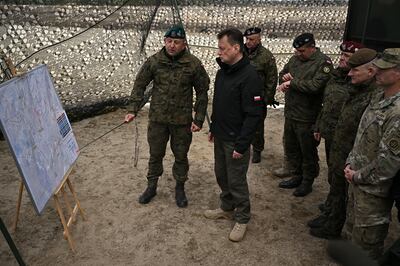
In addition to a delivery of 250 US Abrams tanks, it is likely that F-16 fighters will arrive to support the MiG-29s.
The jets and tanks are urgently needed by Kyiv as it faces a major offensive in the east. But defence intelligence sources suggest that heavy rainfall is hindering any Russian advance while Ukraine special forces strike behind enemy lines.
Adding to the low Russian morale is the loss of the Black Sea flagship cruiser Moskva that sank on Thursday.
“We are hoping that the Ukrainians can win this war and if they get enough weaponry Russia can be defeated,” said Wojciech Kononczuk, deputy director of the Centre for Eastern Studies. “This is something which was probably unimaginable six weeks ago.”
He said that Russia was not only seeking to control Ukraine but “to establish a new international order in Europe” that would reflect the Moscow regime.
In June, Nato countries will assemble in Madrid for a key summit that will determine a new strategy to deter Russia.
Given its role in the Ukraine war, Poland has become one of the key voices, Mr Bryjka said. “Poland is now heard because we were signalling for years how Russia should be perceived, but some eastern countries ignored this. They thought that our approach was based on our historical trauma. Nato now has to change its thinking. Because of Russia the risk of a large conventional conflict in our region is higher than ever since 1991.”
Poland’s Defence Ministry told The National that it expected a “robust package of decisions” rapidly made at the summit because the war had changed “the European security environment for years to come”.
The new posture had to provide “credible deterrence across the entire eastern border of Nato” that should include “robust forward stationing”.
“We are counting on the US, UK, Germany and other allies' support for the ambitious decisions in this regard,” a spokeswoman said.
Despite increasing its defence budget by $100 billion, Germany’s hesitancy in sending arms and embargoing Russian fuel imports has infuriated Poles as well as Ukrainians.
“The Germans are the weakest link in the western response to the war,” Mr Kononczuk said. “Thank God, there is strong American and British leadership in this conflict.”
While the Poles understand decisions take longer in Germany’s coalition government there is an expectation for action. “They have a moral obligation,” Mr Bryjka said. “But currently there is huge disappointment in Germany’s practical steps.”
Other countries bordering Russia or its ally Belarus, in particular the Baltic countries Estonia, Latvia and Lithuania, have also moved to shore up their defences to prepare for any attack by Russia.
How Nato's front line is rearming to deter Russia
Vladimir Putin saw Nato’s growing presence near Russia’s borders as a justification for invading Ukraine, but his offensive has only succeeded in redoubling defence commitments from countries along the 1,215-kilometre fault line between the two nuclear-armed camps.
The five Nato countries that border Russia — Poland, Lithuania, Latvia, Estonia and Norway — have all announced substantial increases in military spending since Russian tanks rolled into Ukraine.
These include one-off budget jackpots granted to the military to prepare the country’s defences as well as longer-term plans to exceed the Nato target of spending 2 per cent of national income on defence.
Other countries including Britain and Denmark have increased their troop presence on Nato’s eastern flank as the alliance prepares what Secretary General Jens Stoltenberg has called a reset of its posture towards Russia.
Poland
2021 defence spending: 2.3 per cent of GDP ($15.4 billion)
Planned 2023 defence spending: 3.0 per cent of GDP (estimated $20.8 billion at current prices)
Poland’s aim of spending 3 per cent of GDP on defence would make it one of Nato’s most prolific spenders, with only the US and Greece having exceeded that threshold last year.
It plans to increase troop numbers and modernise equipment after fighting in western Ukraine came within less than 50 kilometres of Poland, which is already sandwiched between Belarus and the Russian enclave of Kaliningrad.
Poland this month signed a $6bn deal to buy 250 Abrams SEPv3 tanks from the US, with the first 28 scheduled to arrive this year for training and the remainder arriving by 2026.
The government in Warsaw has also proposed that defence spending should be exempt from fiscal restraints in the European Union.
Estonia
2021 defence spending: 2.2 per cent of GDP (estimated $771 million)
Planned 2023 defence spending: 2.5 per cent of GDP (estimated $955 million)
Estonia has emphasised the need to be ready to fight an invasion as soon as it happens rather than waiting for Nato allies to bail it out once an attacker has already inflicted the kind of carnage seen in Ukraine.
The Baltic country has been one of the few Nato members consistently meeting the 2 per cent spending target in recent years, beating that threshold every year since 2015.
Now aiming for 2.5 per cent, it will reinforce its anti-tank and anti-aircraft defences with a special €476m ($517m) spending increase that will also put money towards situational awareness and indirect fire weapons.
Another €86m will go on civil defence, with the police, border guards and internal security service all expected to play their part in military preparedness.
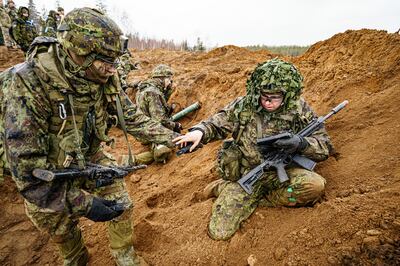
Lithuania
2021 defence spending: 2.0 per cent of GDP ($1.3 billion)
Planned 2023 defence spending: 2.5 per cent of GDP (estimated $1.7 billion)
A spending increase in Lithuania will include €158m ($172m) for weapons, €67m ($73m) for ammunition and €22m ($24m) for supplies such as medical equipment, communications gear and bulletproof vests.
The country also plans to speed up its procurement of multiple rocket launchers, unmanned combat drones and cybersecurity hardware.
Defence officials say they plan to sign contracts with Germany and the US to modernise Lithuania’s army which would be worth more than a billion euros ($1.09bn) each by 2027.
Another deal with domestic manufacturers will see the army acquire defensive drones that can jam the navigation and video transmission signals of an attacker’s unmanned aircraft.
Latvia
2021 defence spending: 2.2 per cent of GDP ($835 million)
Planned 2023 defence spending: 2.25 per cent of GDP (estimated $920 million)
Latvia, which like Estonia directly borders the Russian mainland, has raised its military spending target to 2.5 per cent of GDP by 2025.
The extra money will be used for medium-range air defence systems, ground force mechanisation and cybersecurity, among other upgrades.
Some of the money will go on recruitment, with ministers urging citizens to consider joining the army or signing up for reservist training courses.
Norway
2021 defence spending: 1.7 per cent of GDP ($7.4 billion)
Planned 2023 defence spending: Not yet set
Norway will spend an extra 3 billion kroner ($342 million) sailing more frigates, submarines and coastguard vessels in the far northern reaches of Europe and increasing stocks of fuel and ammunition.
It says a Russian invasion might be unlikely but that the Kremlin has significant economic and security interests in the region, where it shares a 196km land border and a large maritime frontier with Norway.
Some of the extra money will be used to increase Norway’s capacity to receive allied troops and strengthen cyber defence and intelligence. There are also plans for a new civil defence system in which an emergency alert could be sent to every mobile phone in the country in 30 seconds.
Other countries
Germany is planning both a one-off $112bn spending spree to modernise the military after years of underinvestment, and a longer-term budget increase to reach the Nato 2 per cent target which the country has repeatedly missed — landing at 1.5 per cent last year.
In Denmark, ministers are aiming to increase spending to meet the Nato target although not until 2033. Prime Minister Mette Frederiksen has announced a referendum on whether to scrap Denmark’s exemption from the EU’s common security and defence policies.
Britain has not made new spending commitments since Russia invaded Ukraine but previously pledged to raise the military budget above inflation every year until at least 2024.
